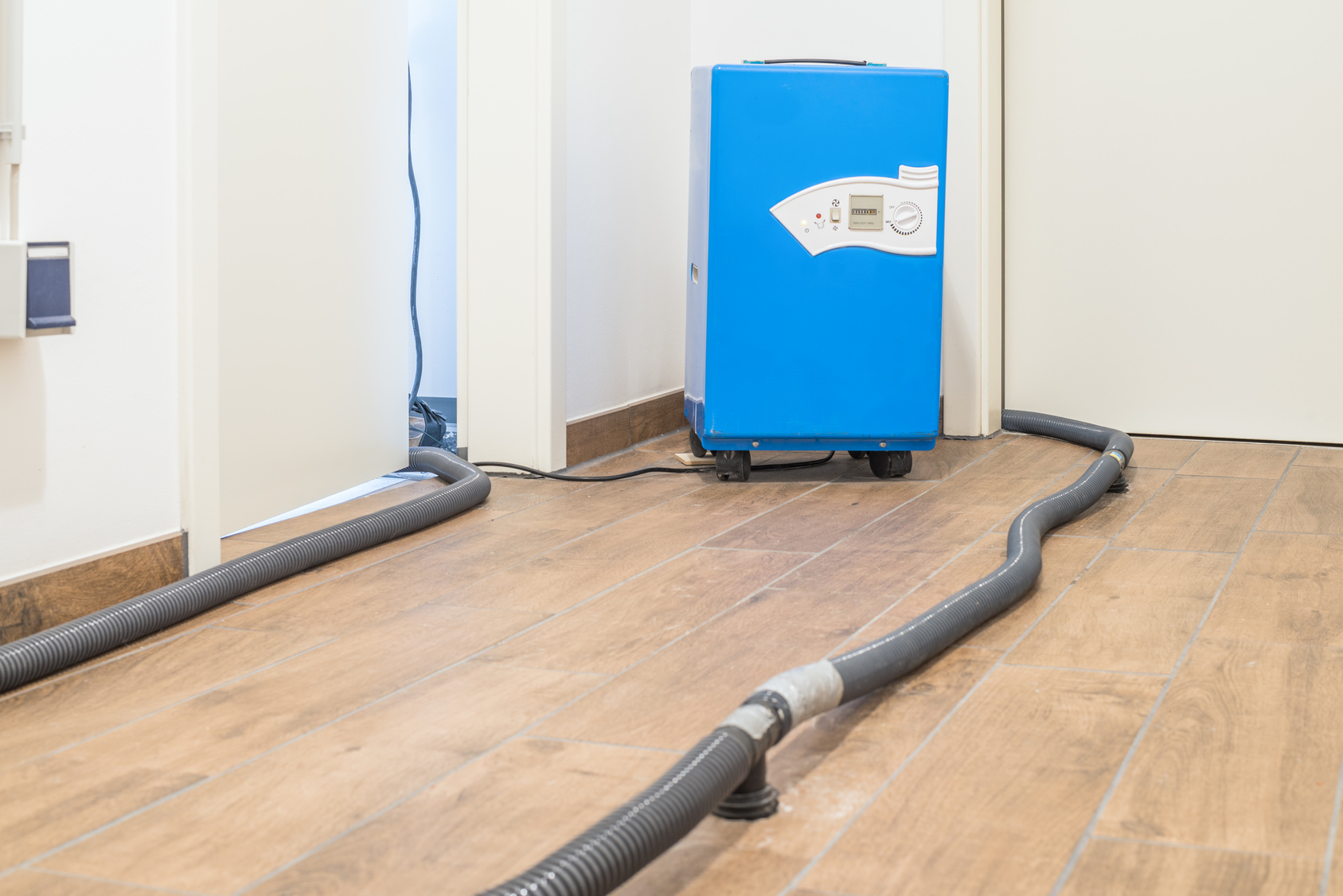Due to a number of factors, basement water damage is very common. The source and amount of damage can also determine the category and class of damage.

Category 3 Water Damage
There are three categories of water damage.
- Category 1. The water comes from a sanitary source and is not dangerous.
- Category 2. This is greywater, meaning it is contaminated and dangerous.
- Category 3. This is blackwater, often containing biohazards and toxic materials.
Water Damage Classes
There are four classes of water damage that are based on the rate of evaporation. Class 1 is considered the slowest.
Class 1. Affects a part of the room with minimal absorption.
Class 2. Affects all of the carpeted room and soaks into the walls up to two feet.
Class 3. Affects walls and ceilings. The source is typically derived from the ceiling.
Class 4. Affects floorboards and materials behind walls. Professional water damage restoration equipment is needed to dry out the structure.
Addressing Basement Water Damage
Regardless of whether it is dangerous or how far into the structure it has penetrated, all water damage should be addressed by a professional. Otherwise, the damage will spread, encouraging mold growth and additional structural damage.
Make sure to be on the lookout for all of these signs of basement water damage:
1. Cracks
Cracks in the floor, foundation, or walls of the basement are common, but when they connect with cracks from the outside, water damage can occur. Cracking is often caused by the water pressure on the structure’s siding. Other sources can include poor draining and moisture.
Be sure to look at the size of the cracks. If they are larger than 1/16 of an inch, find out why this is happening and have them sealed as soon as possible.
Window seals and panes are another common place to find cracking. They should also be sealed, otherwise, excess moisture and water can seep in and cause water damage to the structural materials.
2. Odors
Some basements just have a strange smell to them, typically because they are underground. But if the odor is particularly musty and doesn’t dissipate on it’s own, it’s a sign of water damage. In this case, you’ll want to clean out the space, set up a dehumidifier, and turn on the ventilation system to dry out the area. If the problem persists after this, it’s possible that there is mildew or mold growth.
3. Mold Growth
Mold thrives off of moisture, which is often the case for all mold growth in homes and buildings. Combined with this moisture, it can be found in organic building materials, furniture, wood, and carpeting.
Although it comes in many colors, black and green are the most common. Some will also have a white, powdery appearance.
4. Surface Color and Texture Changes
While sometimes thought of as aging, peeling paint can also be a sign of deterioration from water damage. In this case, the material underneath is wet, causing the paint or wallpaper to peel and flake.
If not addressed, the cement can also start flaking, a process known as spalling. In addition, efflorescence can also occur on the wet cement.
Different than mold, efflorescence contains a white, powdery, and sparkly substance that can also have a grey tint. It occurs when water in the affected material rises to the surface and runs down the wall, leaving behind the salt from the cement.
When finding these signs, this could mean the early stages of foundational problems. Both painted walls and wallpaper can become discolored with water damage. Be on the lookout for yellow and brown spots.
5. Flooring Changes
In addition to cracks, there are additional damages to the flooring that can be caused by water.
Particularly when soaked with water, floors can swell or even sink. This can also be the result of a damaged foundation or soil erosion below it. As the water sinks into the flooring, the floor absorbs moisture.
Other signs of damage can include a separation between carpet padding and the subfloor, making it feel spongy when stepped on.
Calling a Water Damage Cleanup Professional

As you notice these signs of water damage in your basement, make sure to look into them to see if you have an issue. If so, contact a water damage repair professional to inspect and restore the affected area right away. If not, you could be facing bigger problems in the future.
RestorationMaster is a nationwide water damage cleanup vendor that can offer the best solution. Available 24/7 to respond to these emergencies, you can expect their technicians to respond right away to extract any excess water, dry out the basement, and make any repairs to return your structure to its original condition.
They will also work with your insurance carrier at the end of the service to accelerate the claims process, giving you the peace of mind you deserve sooner rather than later.



